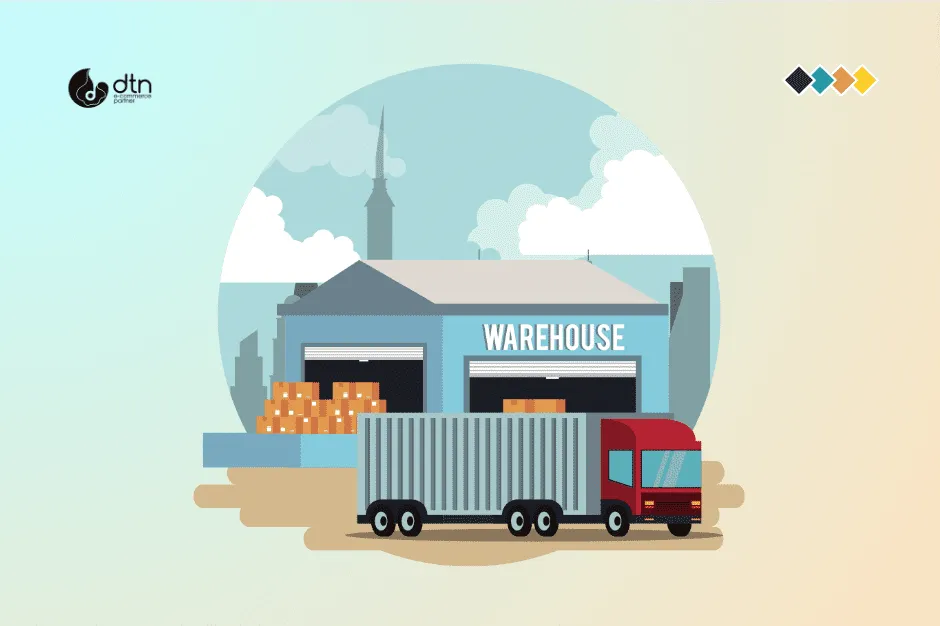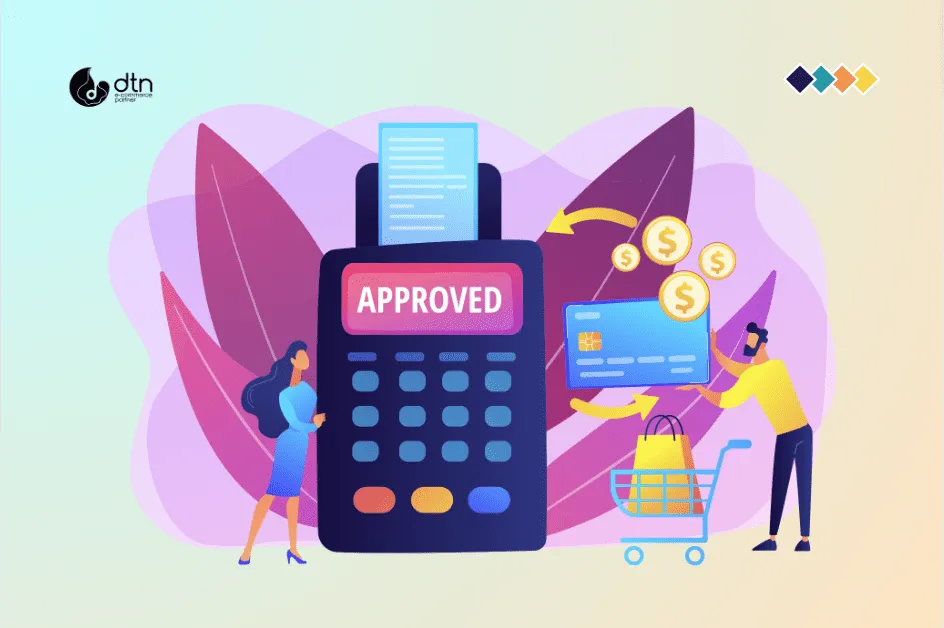Embarking on the e-commerce journey is akin to stepping into a bustling marketplace, brimming with both opportunities and obstacles. While the digital realm offers a vast expanse for growth, it also presents a unique set of challenges that can test the mettle of even the most seasoned entrepreneurs.
In this comprehensive guide, we will delve into the most prevalent e-commerce challenges and arm you with actionable strategies to navigate them with aplomb. From fierce competition to the delicate dance of building customer trust, we will equip you with the knowledge and tools to emerge victorious in the e-commerce arena.
Table of Contents
Challenge #1: The Cutthroat Competition
The e-commerce landscape is a battleground where countless businesses vie for customers’ attention. With new competitors sprouting up like mushrooms after a rainstorm, standing out from the crowd can seem like an insurmountable task.
Strategy:
- Define your niche: Identify a specific target audience and tailor your products and services to their unique needs.
- Differentiate your offerings: Highlight the unique features and benefits that set your products apart from the competition.
- Build a strong brand identity: Create a memorable brand name, logo, and overall aesthetic that resonates with your customers.
- Leverage social mediEngage with potential customers on platforms where they are active, showcasing your products and building relationships.

Challenge #2: Establishing Customer Trust
In the digital world, where customers can’t physically interact with your products or services before making a purchase, building trust is paramount. Without it, your conversion rates will suffer, and your business will struggle to thrive.
Strategy:
- Provide transparent product information: Offer detailed descriptions, high-quality images, and customer reviews to give customers a clear understanding of what they are buying.
- Implement a secure checkout process: Ensure that your website is HTTPS-encrypted and that you use a reputable payment gateway.
- Offer excellent customer service: Respond promptly to inquiries, resolve issues efficiently, and go the extra mile to exceed customer expectations.
- Build social proof: Display customer testimonials, reviews, and case studies to demonstrate the value and credibility of your products or services.

Challenge #3: Shipping and Logistics
Managing shipping and logistics can be a complex and costly endeavor, especially for businesses that operate across borders. Delays, lost packages, and high shipping fees can all lead to customer dissatisfaction and lost sales.
Strategy:
- Partner with reliable carriers: Choose shipping providers with a proven track record of efficiency and affordability.
- Offer multiple shipping options: Provide customers with a range of shipping speeds and costs to meet their needs and budget.
- Optimize your packaging: Use appropriate packaging materials to protect your products during transit and reduce shipping costs.
- Consider fulfillment centers: If you have a high volume of orders, consider partnering with fulfillment centers to streamline your shipping process and reduce delivery times.

Challenge #4: Payment Processing
Accepting payments online requires a secure and efficient payment gateway. However, navigating the complexities of payment processing can be a daunting task for e-commerce entrepreneurs.
Strategy:
- Choose a reputable payment processor: Select a payment gateway that is PCI-compliant and offers a wide range of payment options.
- Set up multiple payment methods: Allow customers to pay using their preferred methods, such as credit cards, debit cards, PayPal, and mobile wallets.
- Implement fraud protection measures: Use fraud detection tools to identify and prevent fraudulent transactions.
- Offer flexible payment options: Consider offering payment plans, subscriptions, and other flexible payment options to increase conversion rates.

Challenge #5: Marketing and Promotion
In the vast digital landscape, it’s crucial to effectively market and promote your e-commerce business to reach your target audience. With countless marketing channels available, choosing the right ones and executing successful campaigns can be challenging.
Strategy:
- Identify your target audience: Define the demographics, interests, and online behavior of your ideal customers.
- Create compelling content: Develop high-quality content that provides value to your audience and establishes your brand as an authority.
- Leverage social media marketing: Engage with potential customers on social media platforms, share valuable content, and run targeted ads.
- Utilize email marketing: Build an email list and nurture your subscribers with personalized email campaigns.
- Explore paid advertising: Consider using paid advertising platforms such as Google AdWords and Facebook Ads to reach a wider audience.

Conclusion
Navigating the e-commerce landscape is not without its challenges. However, by understanding the common obstacles and implementing the strategies outlined in this guide, you can overcome these hurdles and position your business for success. Remember, the key to thriving in the e-commerce arena lies in adaptability, innovation, and a relentless pursuit of customer satisfaction.
Frequently Asked Questions
We’ve compiled a list of answers to common questions.
Businesses can stay updated on the latest trends and best practices in e-commerce by regularly reading industry publications, attending e-commerce conferences and webinars, networking with other professionals in the field, and actively monitoring competitor strategies. Additionally, leveraging data analytics tools to track consumer behavior and market trends can provide valuable insights into emerging opportunities and challenges.
Cost-effective strategies for overcoming cutthroat competition in e-commerce include focusing on niche markets with less competition, optimizing search engine optimization (SEO) to improve organic visibility, leveraging social media marketing to engage with potential customers, and offering unique value propositions or incentives such as discounts, free shipping, or loyalty programs. Additionally, collaborating with complementary businesses or influencers can help expand reach and attract new customers without significant upfront costs.
Enterprises can aptly gauge the efficacy of their e-commerce marketing and promotional endeavors by monitoring pivotal performance metrics like website traffic, conversion rates, average order value, customer acquisition cost, return on investment (ROI), and customer lifetime value. Utilizing web analytics tools, tracking pixels, and attribution models can provide valuable insights into the effectiveness of different marketing channels and campaigns, allowing businesses to optimize their strategies for maximum impact.
What role does customer feedback play in overcoming challenges in e-commerce?
Customer feedback plays a crucial role in overcoming challenges in e-commerce by providing valuable insights into areas for improvement and opportunities for innovation. By actively soliciting and listening to customer feedback through surveys, reviews, and social media interactions, businesses can identify pain points in the customer journey, refine product offerings, enhance service levels, and address any issues or concerns promptly. Incorporating customer feedback into decision-making processes can ultimately lead to greater customer satisfaction, loyalty, and retention.
Adaptability and innovation are essential for overcoming challenges in the ever-evolving e-commerce landscape. With technology, consumer preferences, and market dynamics constantly evolving, businesses must remain agile and responsive to changes in order to stay competitive. Through a commitment to innovation, experimentation with novel strategies and technologies, and ongoing adaptation to evolving customer demands, businesses can not only keep pace with but also excel in the ever-changing e-commerce landscape.



